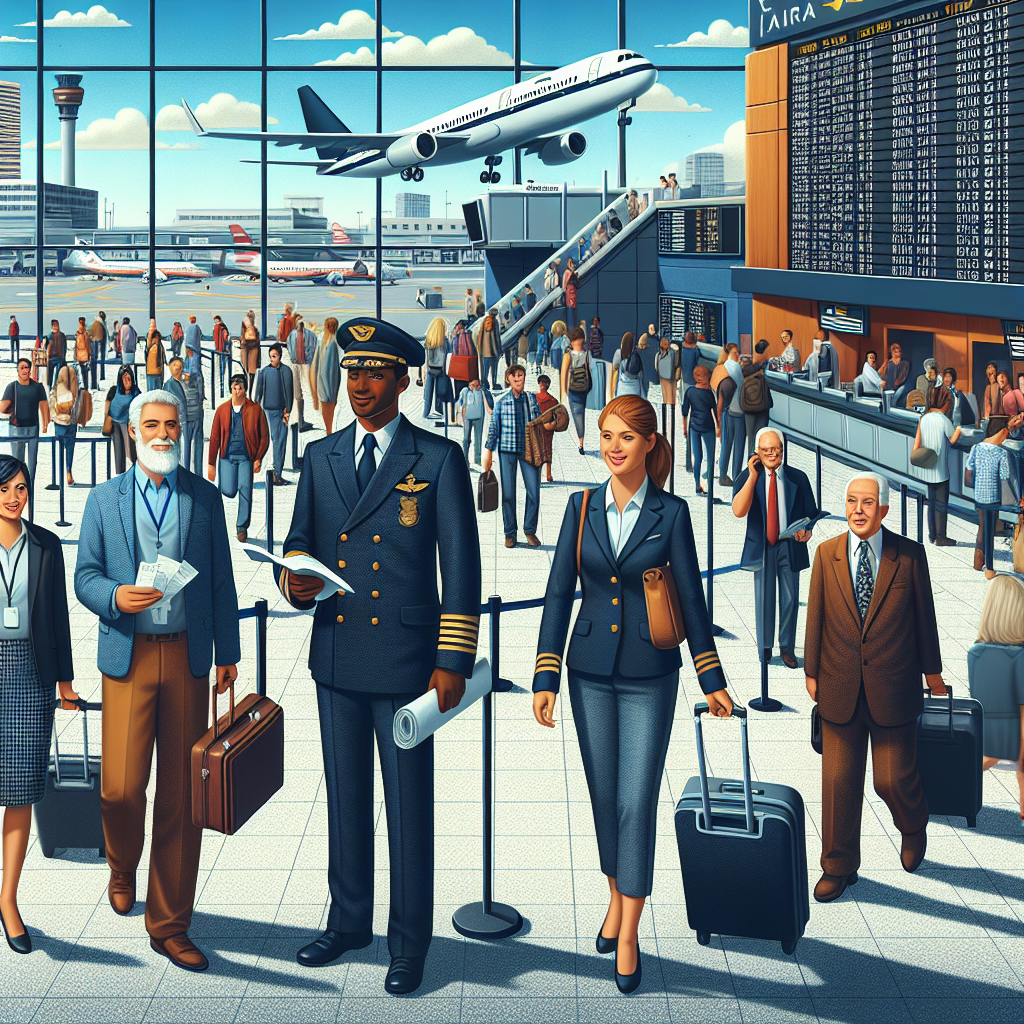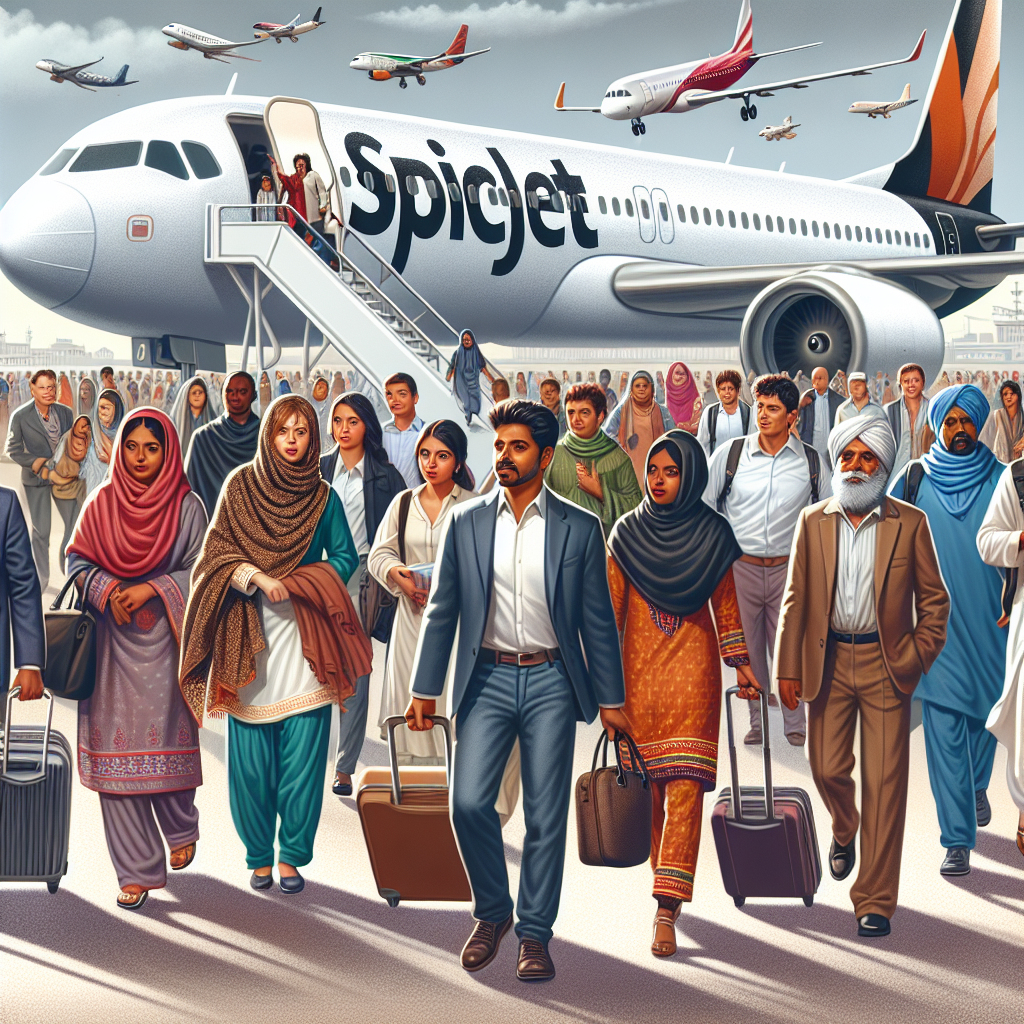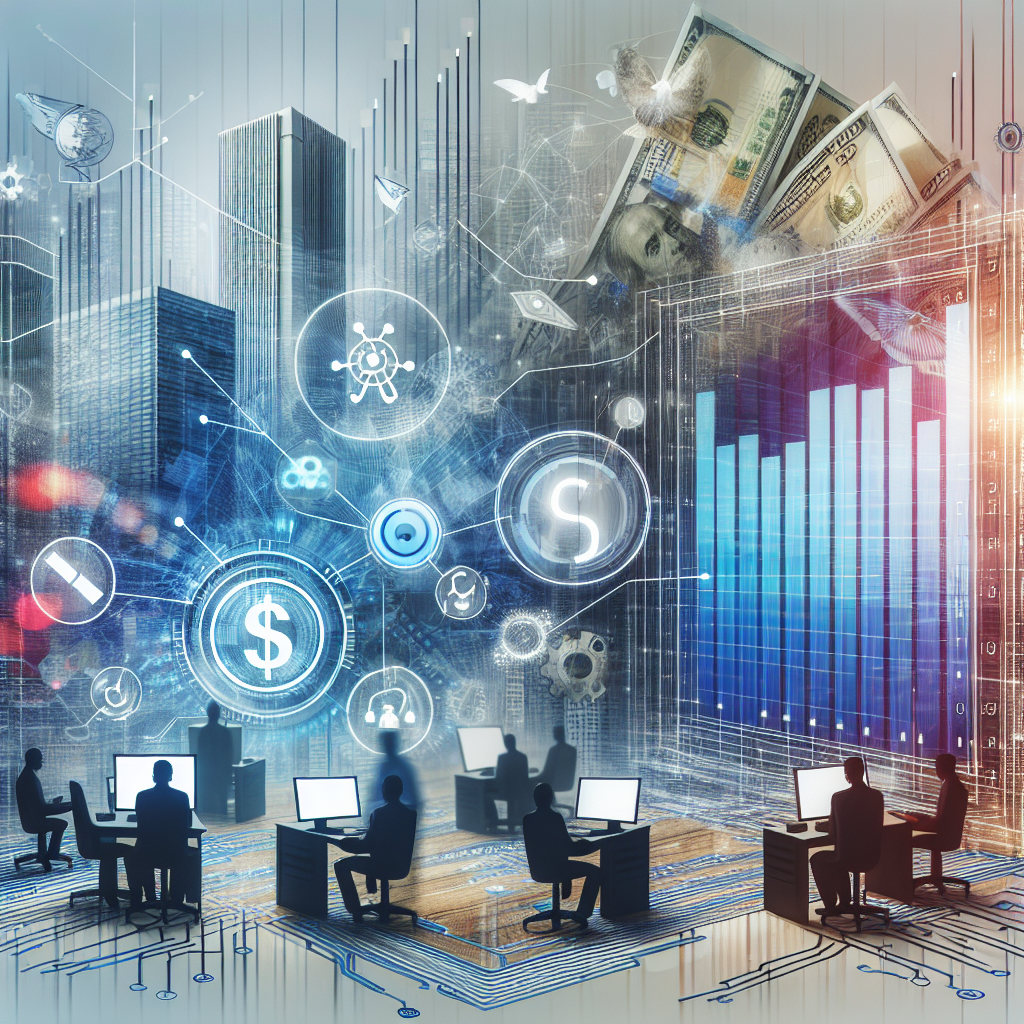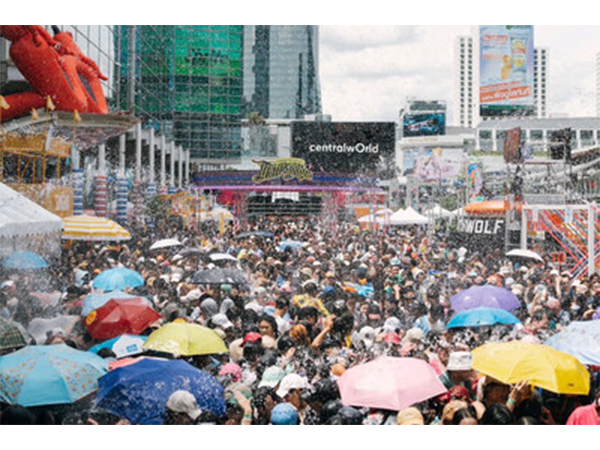As small as Pakistan’s automobile industry is, it has contracted significantly in recent years. By FY24, industry volumes had fallen to nearly one-third of the all-time high achieved in FY22. The market was on an upward trajectory since FY16, spurred by greenfield investments from new entrants such as Kia and Hyundai.
By FY18, supported by favourable government policies and an improved macroeconomic environment, annual sales crossed the 200K-mark. But then covid hit and all bets were off. It took nearly two years for the market to recover but this time the recovery allowed the industry achieve its highest volumes in FY22.

Since then, economic instability and restrictive government policies, particularly those targeting imports, have led to a sharp decline in sales. In FY25, the market appears to be stabilizing. In the first eight months of the fiscal year, sales of passenger cars, SUVs, and LCVs are up 50 percent compared to the same period last year.
For one, since June 2024, the monetary policy committee has been loosening the policy rate with swift successive cuts, with the latest cut bringing the rate to 12 percent. Rates are expected to decline further to 10 percent in another few months, though the cuts will not be as deep and speedy as before. The prevailing kibor is roughly in line with the policy rate.
But even with kibor at 12 percent, the cost of financing at kibor+4% should stand roughly at 16 percent, which is not conducive to fast-growing fresh borrowing. The other thing to consider is banks’ risk appetites. Meanwhile, SBP revised regulations with reduced tenor, significantly higher equity requirements, and a mandated maximum loanable amount—which restricts consumers from obtaining high loans to equity for higher-end expensive cars are still reasons enough for auto loans to remain constrained to a degree.
if("undefined"==typeof window.datawrapper)window.datawrapper={};window.
datawrapper["zkwXA"]={},window.datawrapper["zkwXA"].embedDeltas={"100":678,"200":626,"300":600,"400":600,"500":600,"600":600,"700":600,"800":600,"900":600,"1000":600},window.
datawrapper["zkwXA"].iframe=document.getElementById("datawrapper-chart-zkwXA"),window.
datawrapper["zkwXA"].iframe.style.
height=window.datawrapper["zkwXA"].embedDeltas[Math.
min(1e3,Math.max(100*Math.floor(window.
datawrapper["zkwXA"].iframe.offsetWidth/100),100))]+"px",window.
addEventListener("message",function(a){if("undefined"!=typeof a.data["datawrapper-height"])for(var b in a.data["datawrapper-height"])if("zkwXA"==b)window.
datawrapper["zkwXA"].iframe.style.
height=a.data["datawrapper-height"][b]+"px"}); The appetites are back though as signified by the “own money” being charged in the local market for immediate delivery of cars (read: “owning the market”, Mar 27, 2025). If consumers are willing to pay a certain amount over and above the original price of the vehicle—given also that car prices are heavily inflated, owing to currency pressures and import bottlenecks in the past—the demand is certainly coming back.
Meanwhile, new models, particularly in the hybrid and EV categories, are carving out their own market. It would be useful if banks and/or SBP published disaggregated data on auto financing. For instance, it is clear that cars bought via dealers and investors on “own” are not getting financed through banks.
Dealers and investors themselves are buying cars with cash, not through bank financing. The rest of the bookings are moving via banks, but these are likely not very high-end cars. There is no real incentive for luxury car buyers to go through the financing route unless they are corporate buyers.
The current impetus in auto financing, therefore, might still be coming from the very desperate since rates are not low enough and financing regulations still remain fairly stringent. The SBP’s decision not to relax lending limits for auto loans suggests that the regulator remains cautious about triggering a surge in demand, one that could drive up imports at a pace the country’s external accounts may not be able to sustain..
Back in gear

As small as Pakistan’s automobile industry is, it has contracted significantly in recent years. By FY24, industry volumes had fallen to nearly one-third of the all-time high achieved in FY22. The market was on an upward trajectory since FY16, spurred by greenfield investments from new entrants such as Kia and Hyundai. By FY18, supported by favourable government policies and an improved macroeconomic environment, annual sales crossed the 200K-mark. But then covid hit and all bets were off. It took nearly two years for the market to recover but this time the recovery allowed the industry achieve its highest volumes in FY22. Since then, economic instability and restrictive government policies, particularly those targeting imports, have led to a sharp decline in sales. In FY25, the market appears to be stabilizing. In the first eight months of the fiscal year, sales of passenger cars, SUVs, and LCVs are up 50 percent compared to the same period last year.For one, since June 2024, the monetary policy committee has been loosening the policy rate with swift successive cuts, with the latest cut bringing the rate to 12 percent. Rates are expected to decline further to 10 percent in another few months, though the cuts will not be as deep and speedy as before. The prevailing kibor is roughly in line with the policy rate. But even with kibor at 12 percent, the cost of financing at kibor+4% should stand roughly at 16 percent, which is not conducive to fast-growing fresh borrowing. The other thing to consider is banks’ risk appetites.Meanwhile, SBP revised regulations with reduced tenor, significantly higher equity requirements, and a mandated maximum loanable amount—which restricts consumers from obtaining high loans to equity for higher-end expensive cars are still reasons enough for auto loans to remain constrained to a degree. if("undefined"==typeof window.datawrapper)window.datawrapper={};window.datawrapper["zkwXA"]={},window.datawrapper["zkwXA"].embedDeltas={"100":678,"200":626,"300":600,"400":600,"500":600,"600":600,"700":600,"800":600,"900":600,"1000":600},window.datawrapper["zkwXA"].iframe=document.getElementById("datawrapper-chart-zkwXA"),window.datawrapper["zkwXA"].iframe.style.height=window.datawrapper["zkwXA"].embedDeltas[Math.min(1e3,Math.max(100*Math.floor(window.datawrapper["zkwXA"].iframe.offsetWidth/100),100))]+"px",window.addEventListener("message",function(a){if("undefined"!=typeof a.data["datawrapper-height"])for(var b in a.data["datawrapper-height"])if("zkwXA"==b)window.datawrapper["zkwXA"].iframe.style.height=a.data["datawrapper-height"][b]+"px"}); The appetites are back though as signified by the “own money” being charged in the local market for immediate delivery of cars (read: “owning the market”, Mar 27, 2025). If consumers are willing to pay a certain amount over and above the original price of the vehicle—given also that car prices are heavily inflated, owing to currency pressures and import bottlenecks in the past—the demand is certainly coming back.Meanwhile, new models, particularly in the hybrid and EV categories, are carving out their own market. It would be useful if banks and/or SBP published disaggregated data on auto financing. For instance, it is clear that cars bought via dealers and investors on “own” are not getting financed through banks. Dealers and investors themselves are buying cars with cash, not through bank financing. The rest of the bookings are moving via banks, but these are likely not very high-end cars. There is no real incentive for luxury car buyers to go through the financing route unless they are corporate buyers.The current impetus in auto financing, therefore, might still be coming from the very desperate since rates are not low enough and financing regulations still remain fairly stringent. The SBP’s decision not to relax lending limits for auto loans suggests that the regulator remains cautious about triggering a surge in demand, one that could drive up imports at a pace the country’s external accounts may not be able to sustain.











